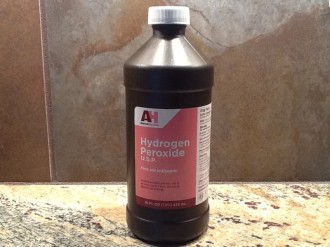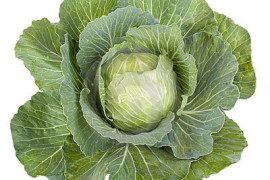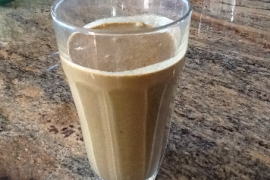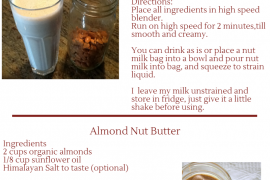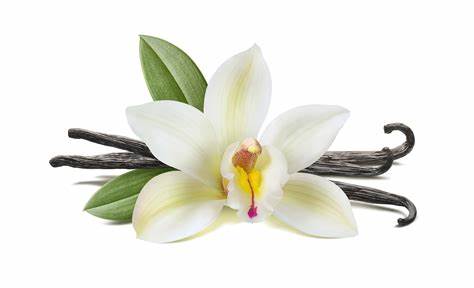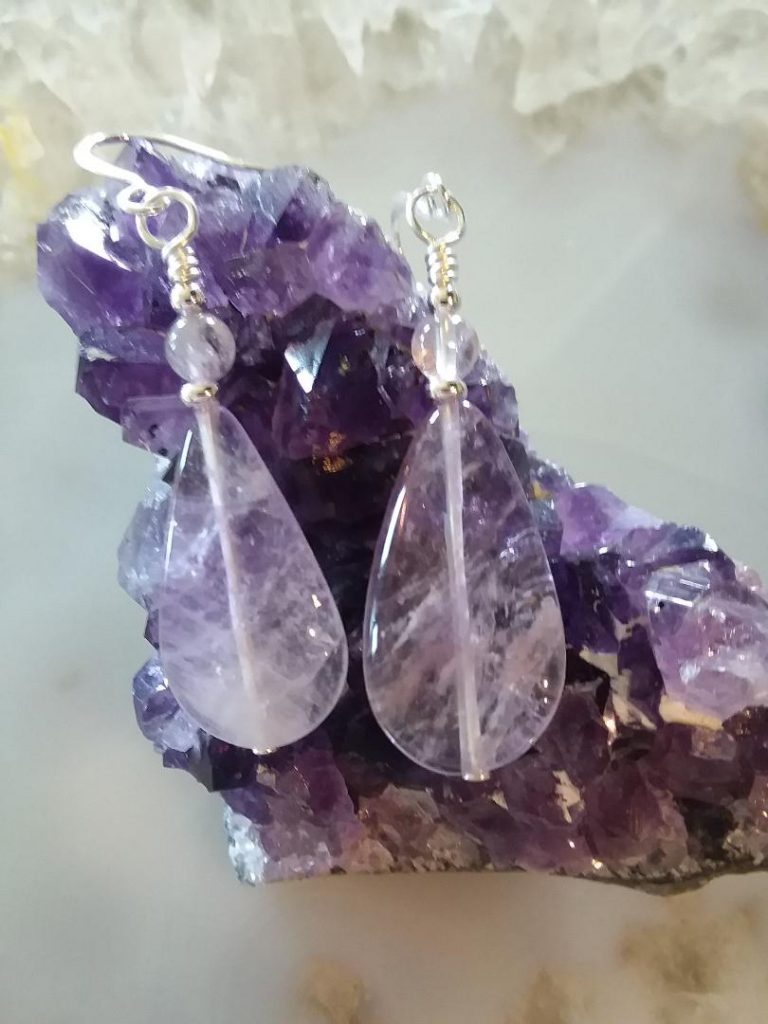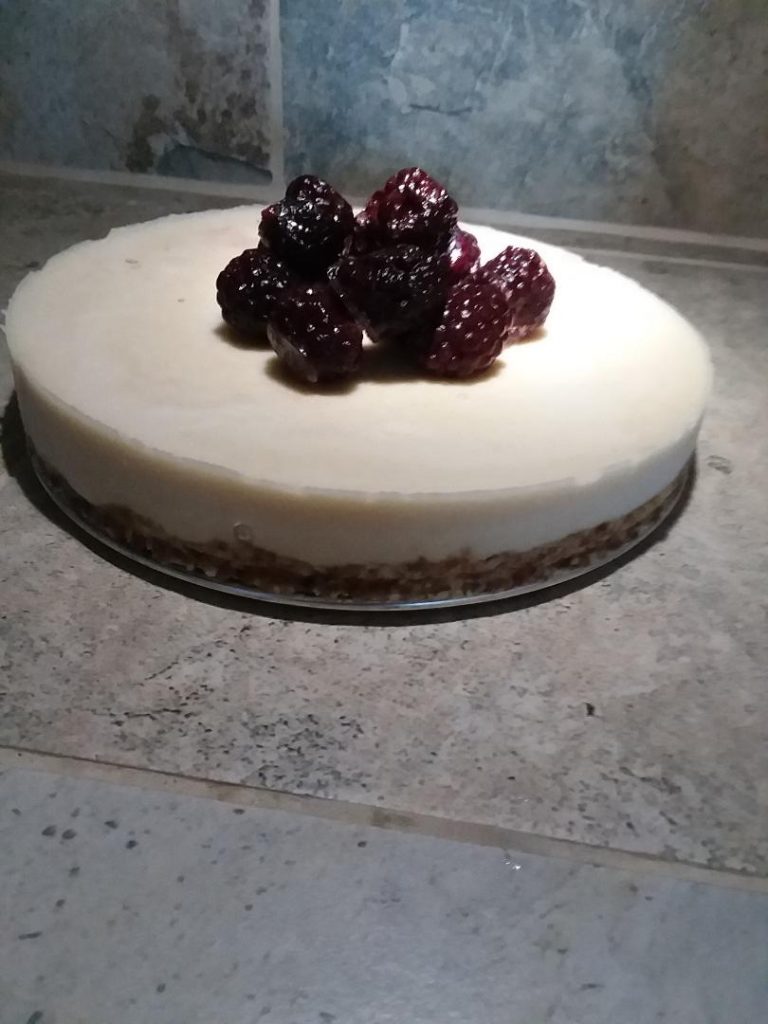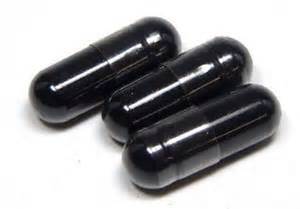Hydrogen Peroxide is another wonderful and inexpensive product that has numerous uses around the house. Many people with sensitivities are able to use this product without a problem. As always if you are chemically sensitive, be sure to use this in small amounts until you are sure it is a safe product for you.
Wash vegetables and fruits with hydrogen peroxide to remove dirt and pesticides. Add 1/4 cup of H2O2 to a sink of cold water. After washing, rinse thoroughly with cool water.
In the dishwasher, add 2 oz. to your regular detergent for a sanitizing boost. Also, beef up your regular dish soap by adding roughly 2 ounces of 3% H2O2 to the bottle.
Use hydrogen peroxide as a mouthwash to freshen breath. It kills the bacteria that causes halitosis. Use a 50/50 mixture of hydrogen peroxide and water.
Use baking soda and hydrogen peroxide to make a paste for brushing teeth. Helps with early stages of gingivitis as it kills bacteria. Mixed with salt and baking soda, hydrogen peroxide works as a whitening toothpaste.
Soak your toothbrush in hydrogen peroxide between uses to keep it clean and prevent the transfer of germs. This is particularly helpful when you or someone in your family has a cold or the flu.
Clean your cutting board and countertop. Let everything bubble for a few minutes, then scrub and rinse clean.
Wipe out your refrigerator and dishwasher. Because it’s non-toxic, it’s great for cleaning places that store food and dishes.
Clean your sponges. Soak them for 10 minutes in a 50/50 mixture of hydrogen peroxide and warm water in a shallow dish. Rinse the sponges thoroughly afterward.
Remove baked-on food from pots and pans. Combine hydrogen peroxide with enough baking soda to make a paste, then rub onto the dirty pan and let it sit for a while. Come back later with a scrubby sponge and some warm water, and the baked-on stains will lift right off.
Whiten bathtub grout. First dry the tub thoroughly, then spray it liberally with hydrogen peroxide. Let it sit — it may bubble slightly — for a little while, then come back and scrub the grout with an old toothbrush. You may have to repeat the process a few times.
Clean the toilet bowl. Pour half a cup of hydrogen peroxide into the toilet bowl, let stand for 20 minutes, then scrub clean.
Remove stains from clothing, curtains, and tablecloths. Hydrogen peroxide can be used as a pre-treater for stains — just soak the stain for a little while in 3% hydrogen peroxide before tossing into the laundry. You can also add a cup of peroxide to a regular load of whites to boost brightness. It’s a green alternative to bleach, and works just as well.
Brighten dingy floors. Combine half a cup of hydrogen peroxide with one gallon of hot water, then go to town on your flooring. Because it’s so mild, it’s safe for any floor type, and there’s no need to rinse.
Clean kids’ toys and play areas. Hydrogen peroxide is a safe cleaner to use around kids, or anyone with respiratory problems, because it’s not a lung irritant. Spray toys, toy boxes, doorknobs, and anything else your kids touch on a regular basis.
Help out your plants. To ward off fungus, add a little hydrogen peroxide to your spray bottle the next time you’re spritzing plants.
Add natural highlights to your hair. Dilute the hydrogen peroxide so the solution is 50% peroxide and 50% water. Spray the solution on wet hair to create subtle, natural highlights.
According to alternative therapy practitioners, adding half a bottle of hydrogen peroxide to a warm bath can help detoxify the body. Some are skeptical of this claim, but a bath is always a nice way to relax and the addition of hydrogen peroxide will leave you – and the tub – squeaky clean!
Spray a solution of 1/2 cup water and 1 tablespoon of hydrogen peroxide on leftover salad, drain, cover and refrigerate. This will prevent wilting and better preserve your salad.
Sanitize your kids’ lunch boxes/bags.
Dab hydrogen peroxide on pimples or acne to help clear skin.
Hydrogen peroxide helps to sprout seeds for new plantings. Use a 3% hydrogen peroxide solution once a day and spritz the seed every time you re-moisten. You can also use a mixture of 1 part hydrogen peroxide to 32 parts water to improve your plants’ root system.
Remove yellowing from lace curtains or tablecloths. Fill a sink with cold water and a 2 cups of 3% hydrogen peroxide. Soak for at least an hour, rinse in cold water and air dry.
Use it to remove ear wax. Use a solution of 3% with olive or almond oil. Add a couple drops of oil first then H2O2. After a few minutes, tilt head to remove solution and wax.
Helps with foot fungus. Spray a 50/50 mixture of hydrogen peroxide and water on them (especially the toes) every night and let dry. Or try soaking your feet in a peroxide solution to help soften calluses and corns, and disinfect minor cuts.
Spray down the shower with hydrogen peroxide to kill bacteria and viruses.
Use 1 pint of 3% hydrogen peroxide to a gallon of water to clean humidifiers and steamers.
Wash shower curtains with hydrogen peroxide to remove mildew and soap scum. Place curtains in machine with a bath towel and your regular detergent. Add 1 cup full strength 3% hydrogen peroxide to the rinse cycle.
Use for towels that have become musty smelling. 1/2 cup Peroxide and 1/2 cup vinegar let stand for 15 minutes wash as normal. Gets rid of the smell.

